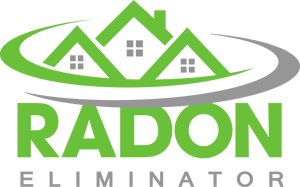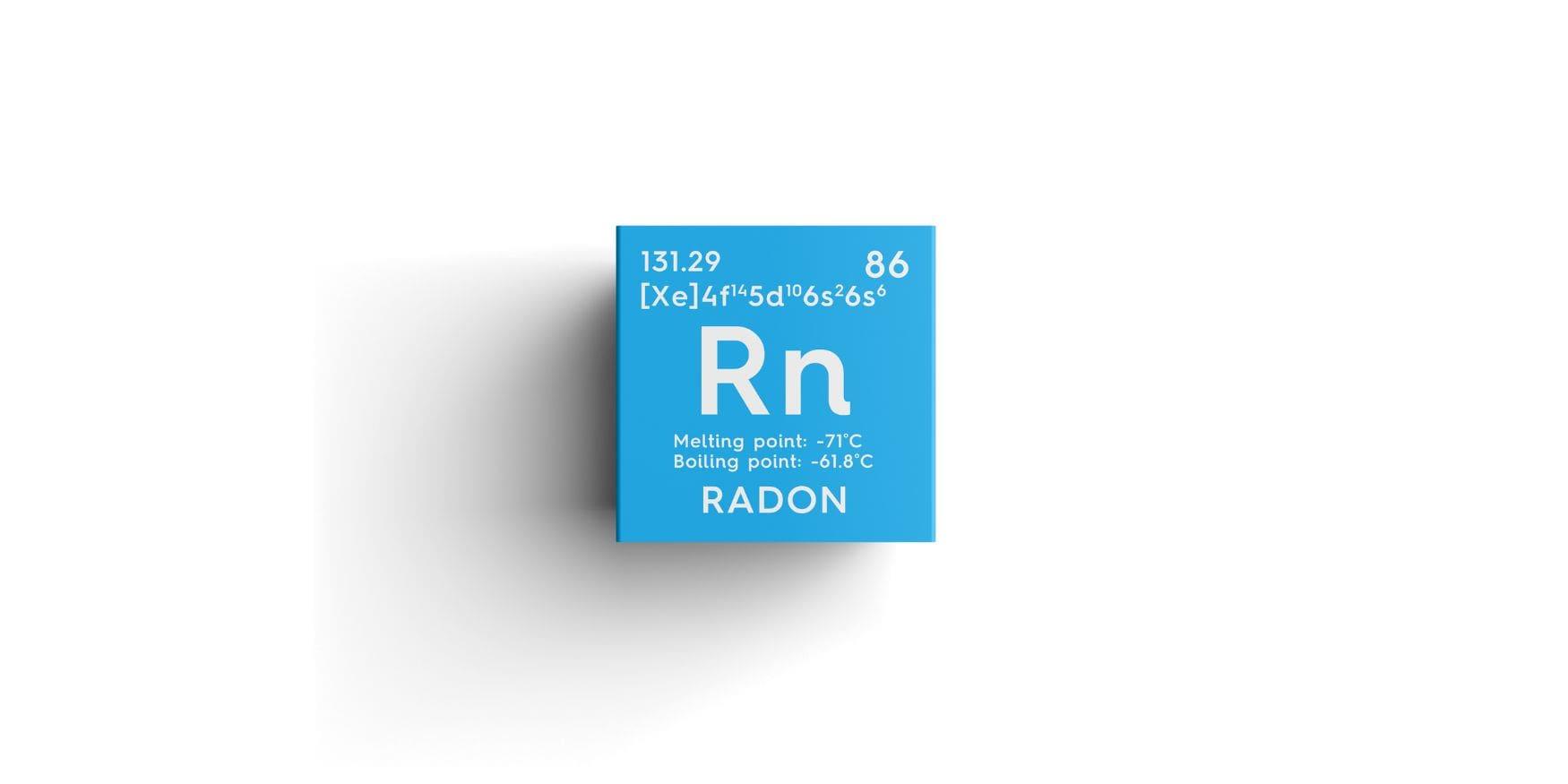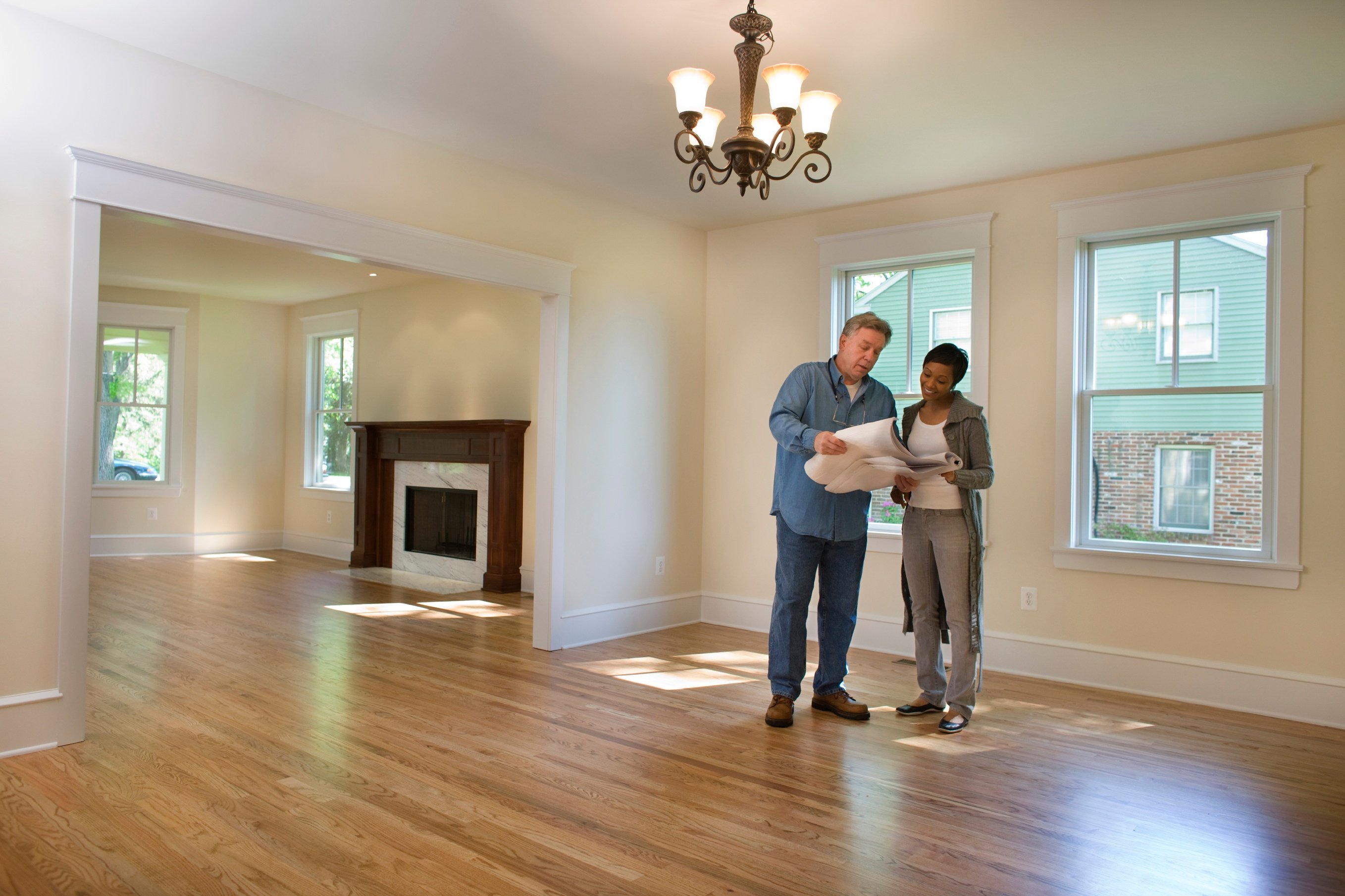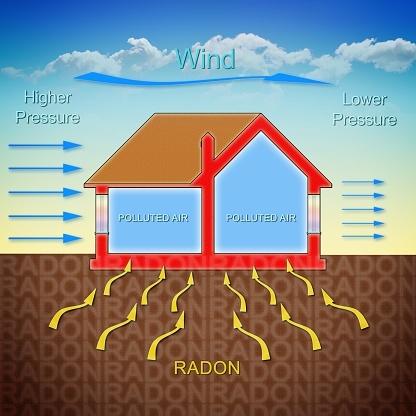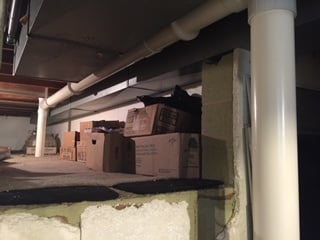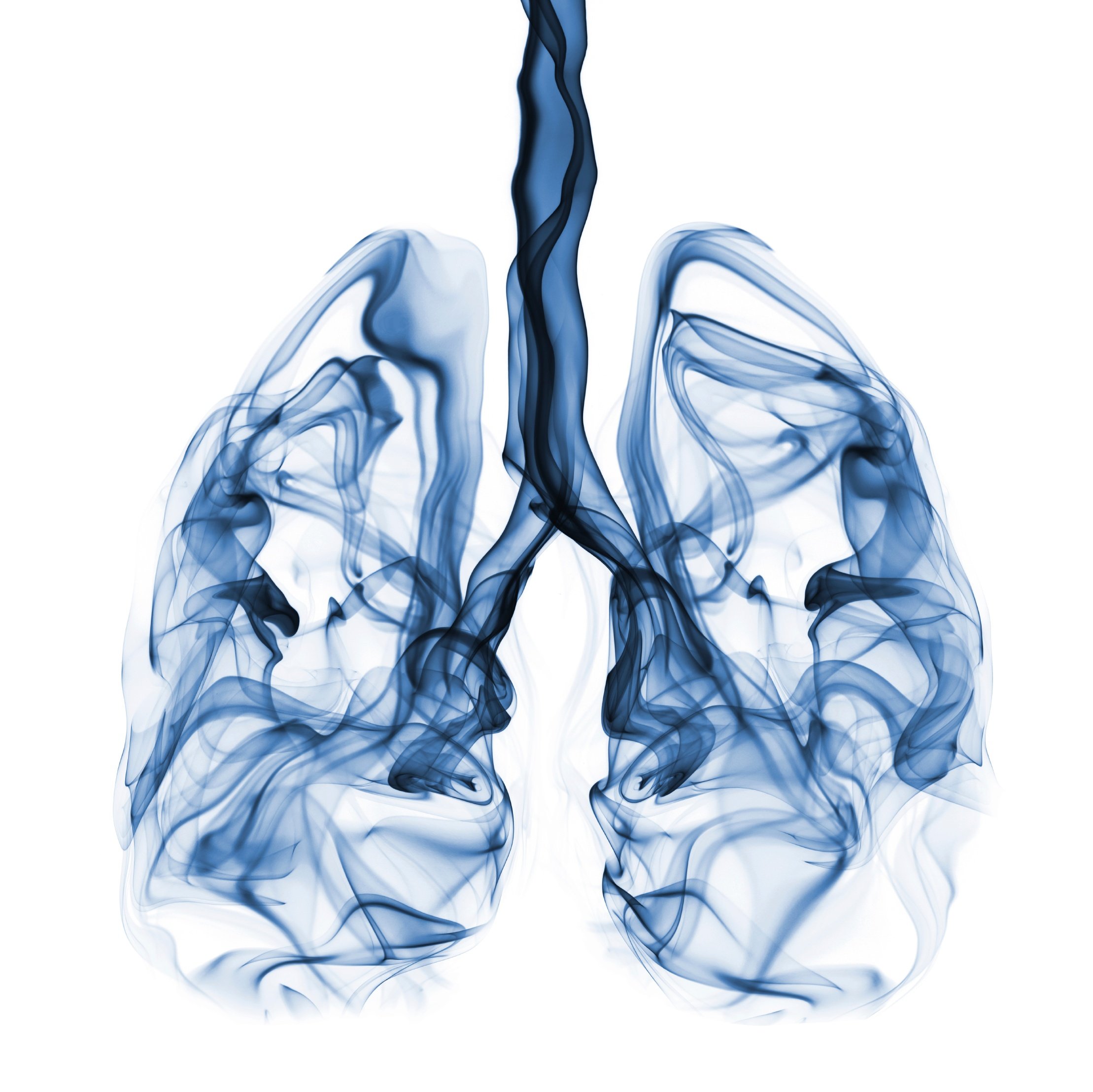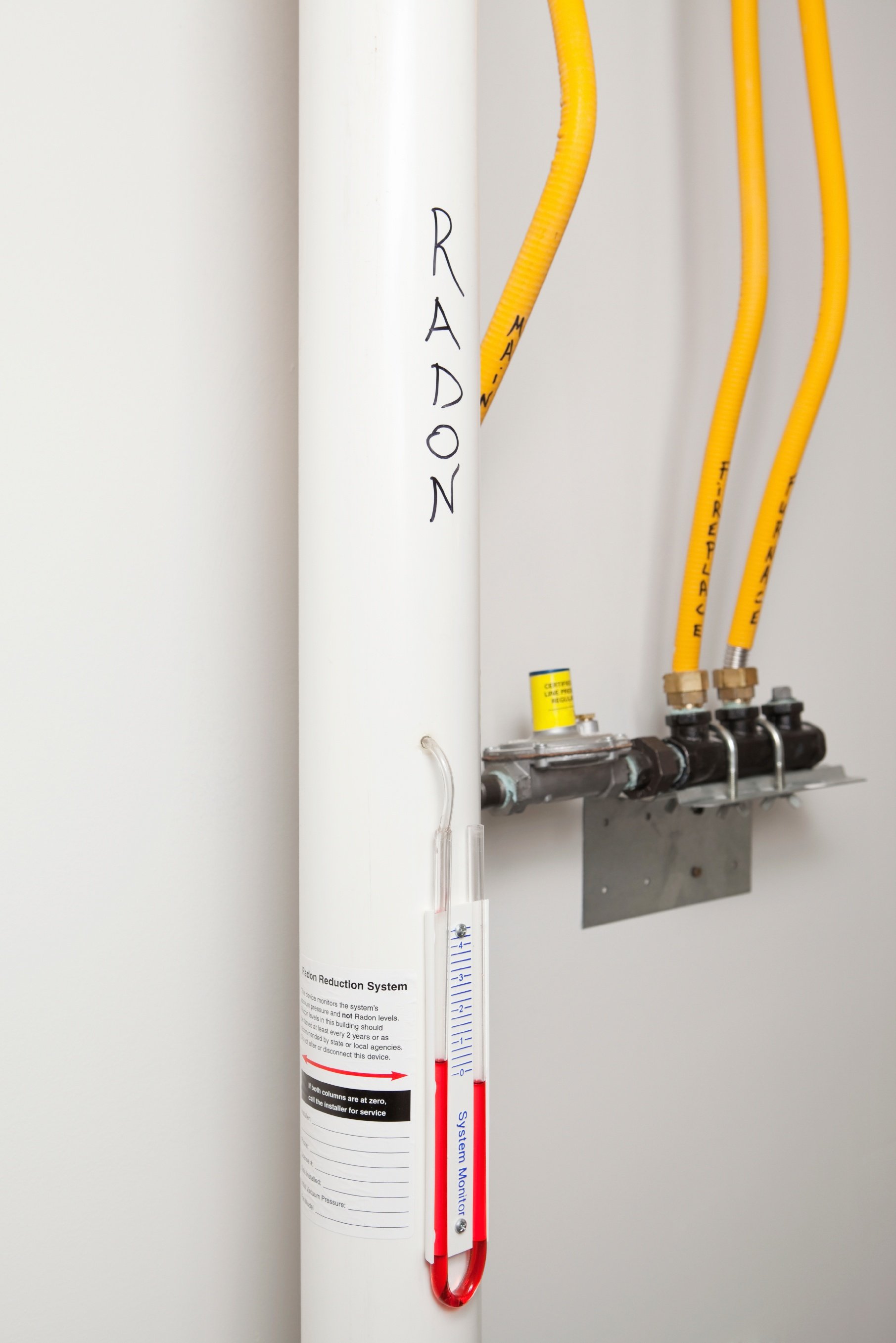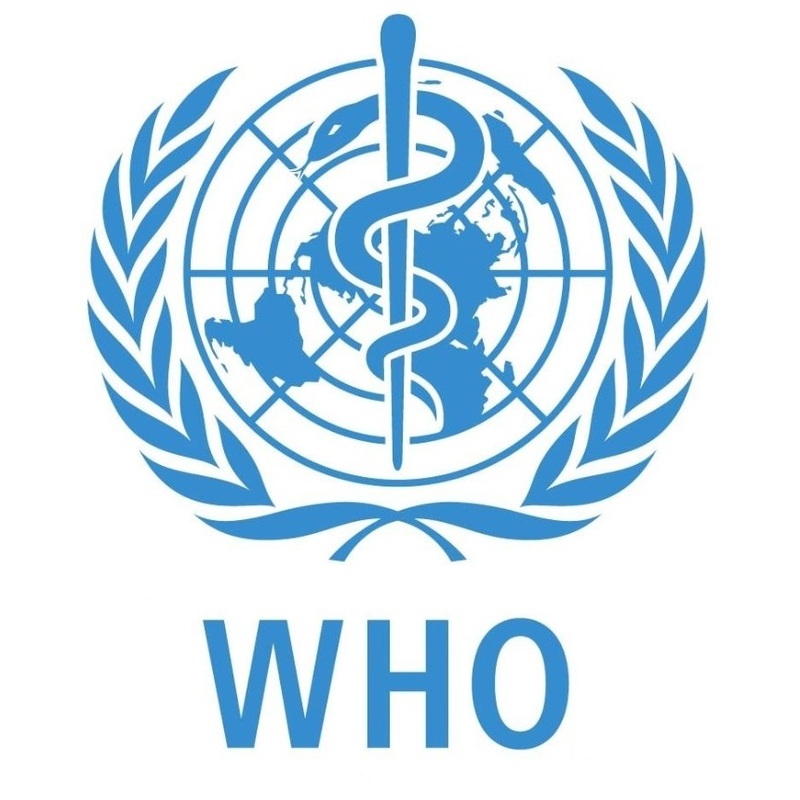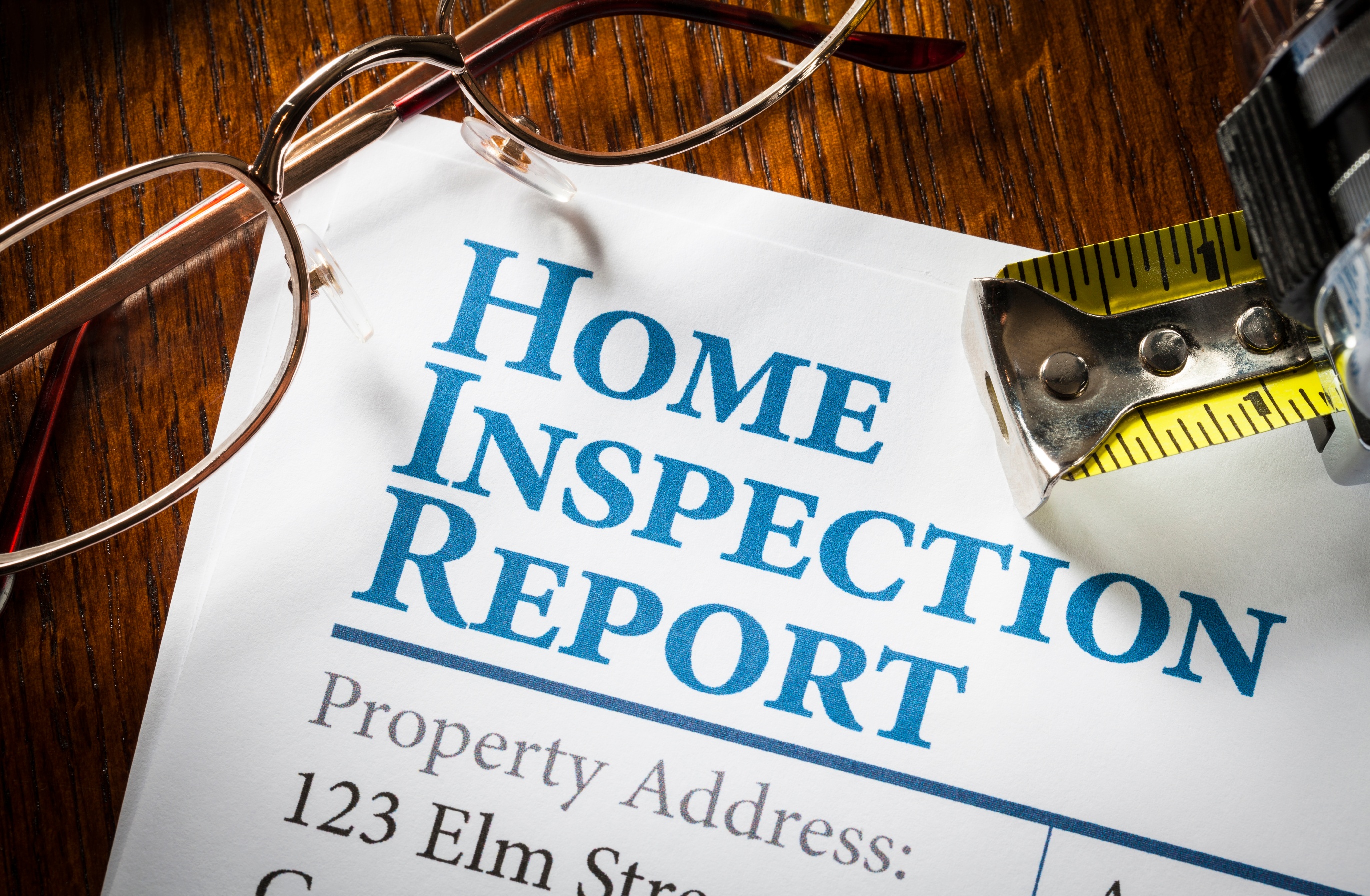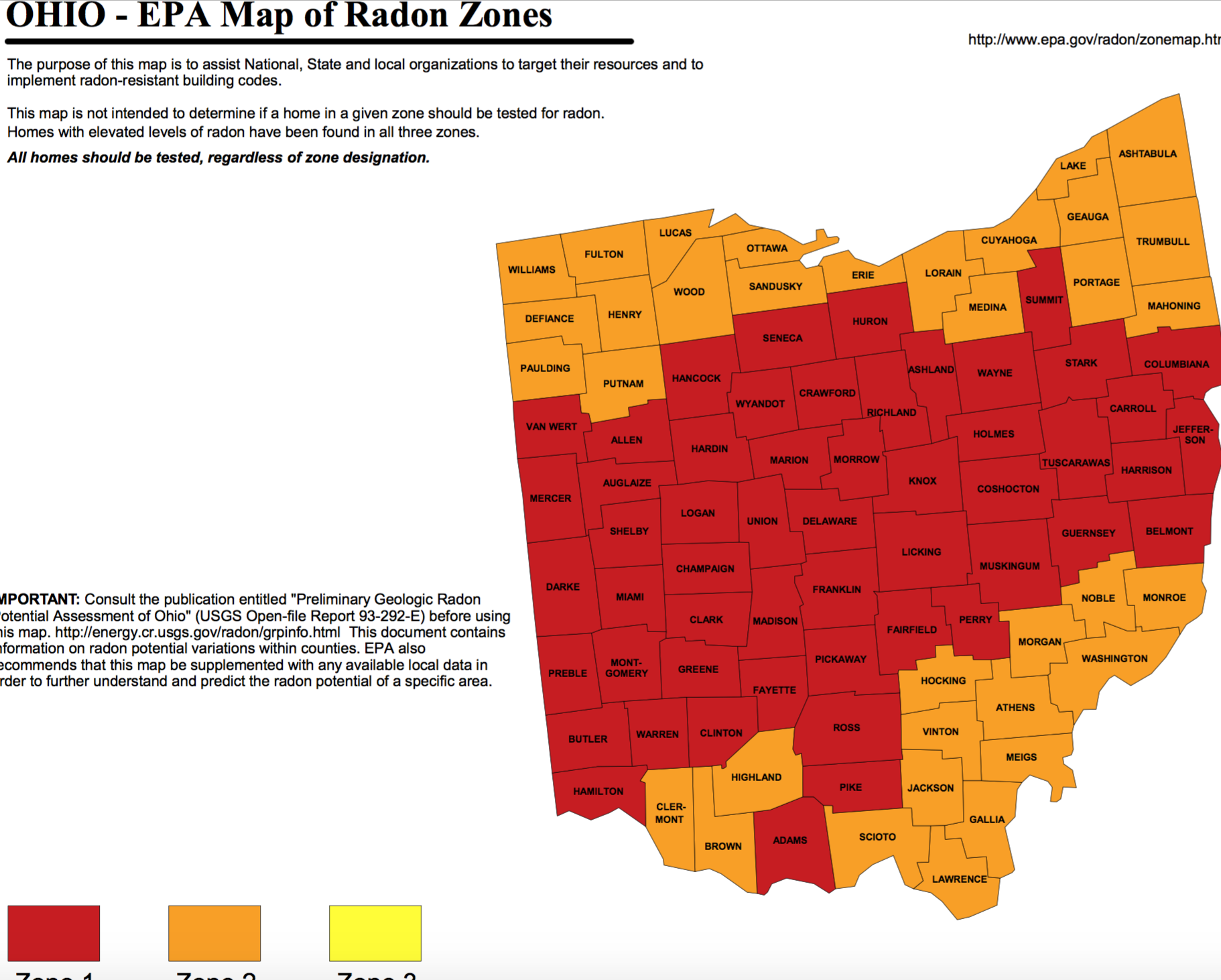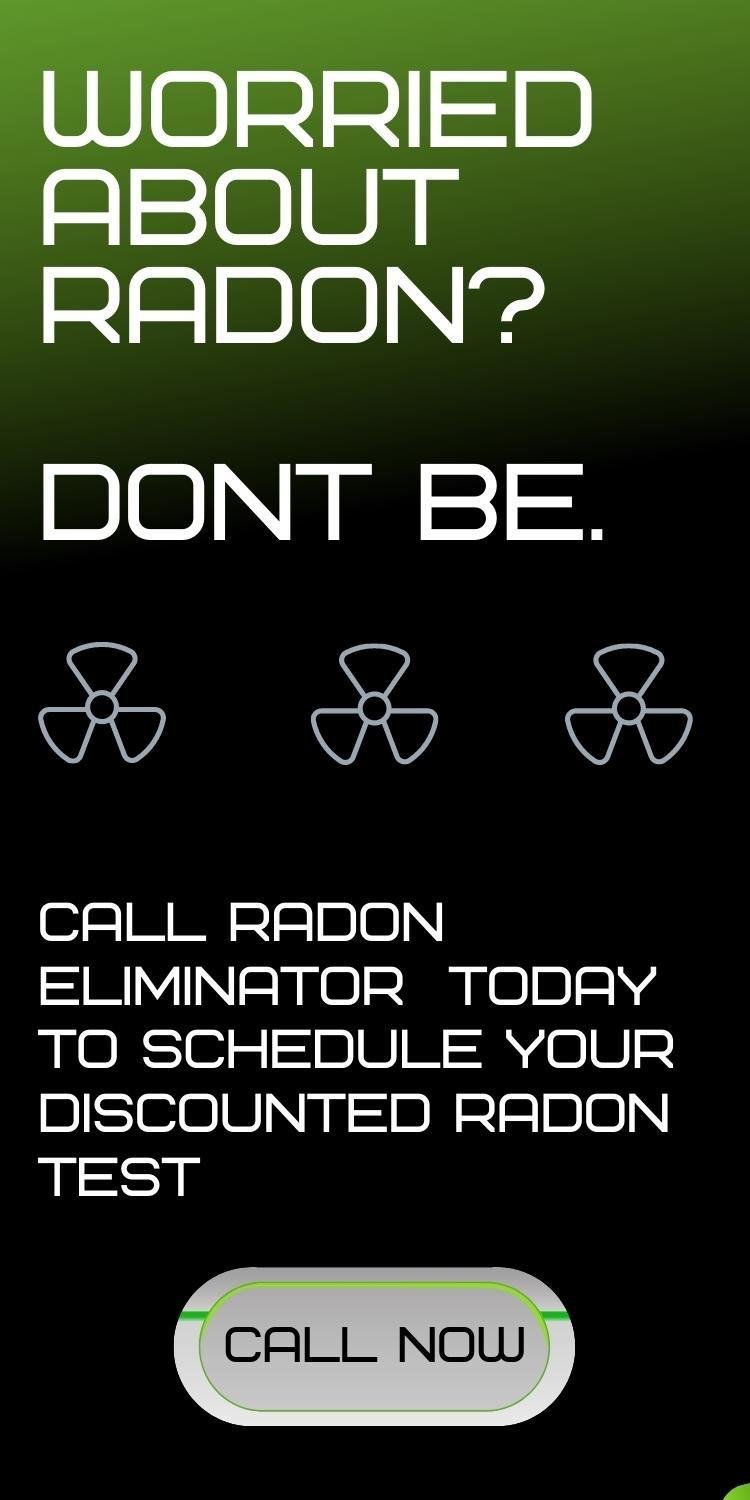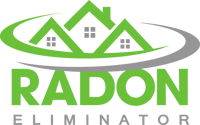Key Takeaways:
- Radon gas poses a significant health risk: Radon, a radioactive gas, is a serious health hazard found in many homes, originating from the decay of uranium in soil, rock, and water. It's odorless, colorless, and tasteless, making it difficult to detect without testing.
- Inhaling radon gas can lead to lung cancer, with prolonged exposure being particularly dangerous. Radon exposure is the second leading cause of lung cancer after smoking, claiming thousands of lives annually.
- Radon exposure typically doesn't cause immediate symptoms, but over time, it can lead to respiratory issues such as coughing, wheezing, and shortness of breath. Smokers face an increased risk due to the combined effects of smoking and radon exposure.
Radon gas is a serious health hazard that can lurk undetected in any residential space, posing significant risks to you and your loved ones - including the risk of lung cancer.
In this article, we'll delve into the importance of radon prevention, the dangers associated with high radon levels, and most importantly, how you can take action to mitigate this invisible threat.
Whether you're a homeowner concerned about your family's health or simply seeking to increase your knowledge about radon, you've come to the right place.
